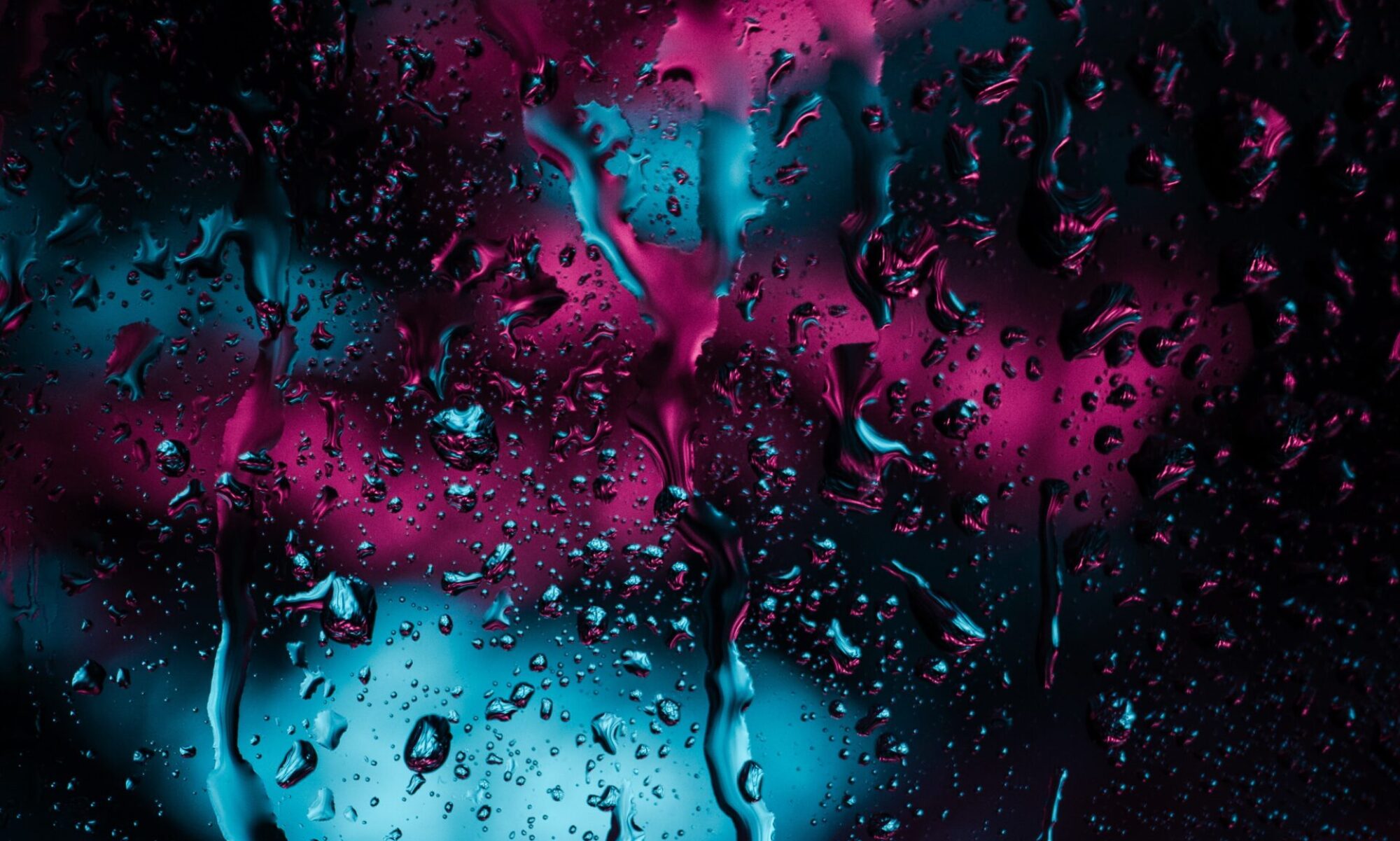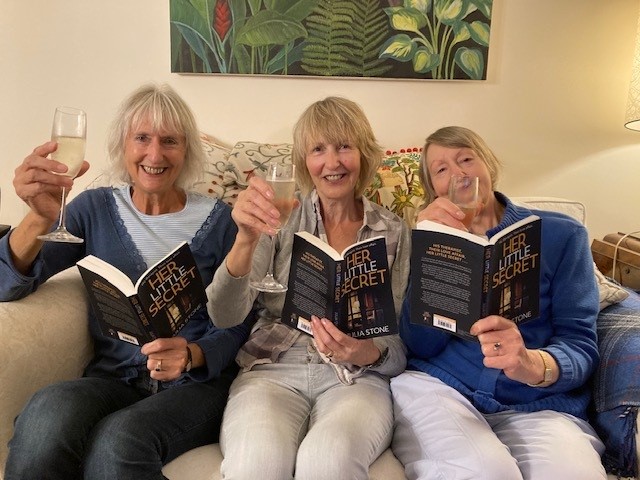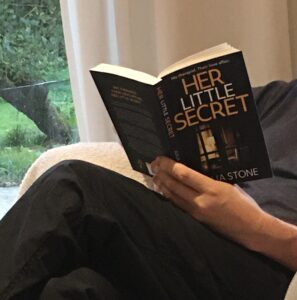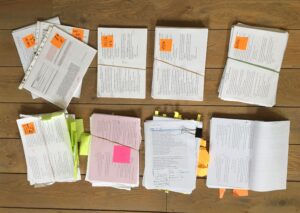How to overcome self-doubt

The therapist in Her Little Secret suffers from doubts about her capability. While she is a registered psychotherapist and has completed all the training, she is concerned that she isn’t good enough, because her route to success was not conventional. Coming from a working class background, she feels comparatively uneducated and less intelligent than her peers. This causes her to work hard to prove to herself, and others, that she meets the standards. But even so, she doubts herself and often feels like a fraud.
We can all suffer fleeting moments of uncertainty about whether we are capable or good enough. The psychological term for this is imposter syndrome. It has been estimated that nearly 70% of individuals will experience signs and symptoms of impostor phenomenon at least once in their life. It’s that feeling of doubt that creeps in and the accompanying fear that we will be found out as a ‘fraud’. On these occasions we feel we don’t belong in the relationship, group, organisation, or job we are in; that we have got there through luck or that we are somehow fooling others we are more than we are. Often there are nagging thoughts: ‘I’m not good enough’; ‘I don’t know what I’m doing’; ‘All these other people are more talented/skilled/qualified than me’.
The term Imposter Syndrome was first used in 1978 to refer to that feeling of being ‘a fraud’. Early research suggested it was common in high-achieving women, but it has since been acknowledged that anyone can suffer from it. While all of us my occasionally have these thoughts and feel we are out of our depth on a task or in a specific situation, for some it is a chronic mind set. Those with a continuous cycle of imposter syndrome typically take one of two approaches to new goals and assignments:
- Some people over-prepare. They think of everything that could go wrong and ensure they have addressed it. They research and check their facts. They complete the work long before the deadline so they have time to check again. Then, when they receive good feedback they put it down to all their hard work. ‘Thank goodness I put so much effort in, I wouldn’t have managed it otherwise.’
- The other approach is to procrastinate. These people put it off and avoid thinking about the work they need to do. It ends up being a desperate effort to get everything completed in time. After achieving the task any positive feedback is disregarded and they put their achievements down to fluke. ‘Phew, that was lucky!’
These approaches serve to reinforce the negative self-talk and beliefs and continue the fear of being found out as a fraud so the cycle continues.
If this sounds like you, some great hints and tips for addressing it can be found on this website: https://impostorsyndrome.com/10-steps-overcome-impostor/
Meanwhile, rest assured you are not alone, it also happens to the great and the good. Acclaimed author, Maya Angelou is quoted as saying, ‘I have written 11 books, but each time I think, “Uh oh, they’re going to find out now. I’ve run a game on everyone and they’re going to find me out.”’








